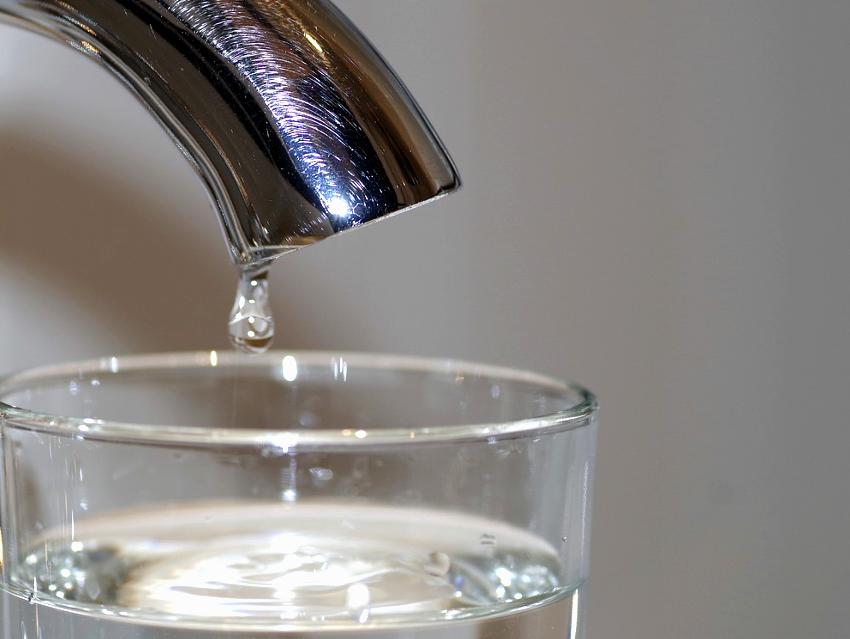With the recast of the Drinking Water Directive, ECHA has been given the task to compile and manage a list of chemicals that can be safely used in materials that come into contact with drinking water. The first positive list is expected to cover around 1,500 chemicals and will be adopted by the European Commission by 2024.
The first EU positive list will be based on the existing lists in the Member States. Therefore, a review program will be introduced through which the ECHA will reassess all substances on the list within 15 years from its publication. ECHA will prioritize substances for the systematic review and recommend expiry dates for them. Each approved substance will be authorized for use for a limited time. The timing of the reviews will be based on the hazardous properties of the substances as well as the quality of and how up to date underlying risk assessments are.
If a company wants to keep its substances on the positive list, they will need to submit a review application to ECHA. Companies will also need to submit an application if they want to add new substances to the list. Member States can submit dossiers to ECHA to remove substances from the list or to update entries, for example, when a concentration limit for a substance in drinking water changes. ECHA will assess applications and dossiers and its Committee for Risk Assessment will form its opinion for further decision making by the European Commission.
ECHA will support the European Commission in developing information requirements for applicants and assessment methods. This work will be done in close collaboration with the European Food Safety Authority (EFSA) due to the close links with food contact materials.
The provisional agreement on the recast of the Drinking Water Directive was reached on 18 December 2019 and is still subject to formal approval by the European Parliament and the Council. Following approval, the Directive will be published in the EU’s Official Journal and enter into force 20 days later.
- European Chemicals Agency (ECHA), Helsinki, Finland




